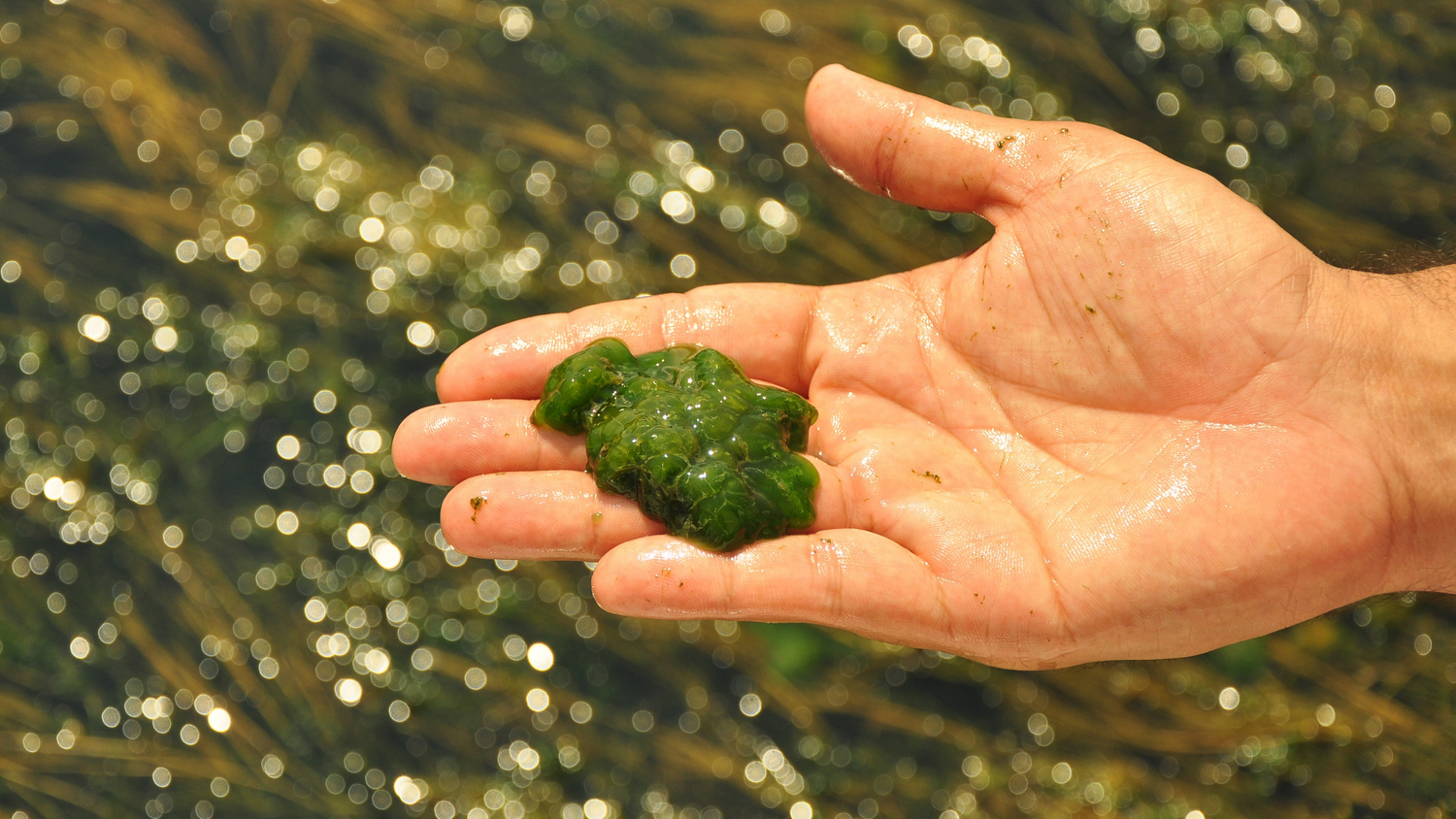A garden hose is an essential tool for any gardener. It's your best ally in keeping your plants hydrated and your garden green. However, it can quickly turn into a problematic piece of equipment when algae takes up residence inside it. Algae build-up not only impedes water flow, but it can also contaminate your water supply and spread to your garden. In this article, we'll dive into how to prevent, identify, and eradicate algae buildup in your garden hose, ensuring your watering tool remains clean and functional.
Understanding Algae
Before combating algae, it's crucial to understand what you're dealing with. Algae are simple, plant-like organisms that can thrive in wet environments and are adept at photosynthesis. They come in various forms, including green, brown, and red, and they love the moist, sunny conditions often found in garden settings.
Why Algae are Attracted to Your Garden Hose
Algae spores are ubiquitous, floating in the air, waiting for the right conditions to settle and multiply. Your garden hose provides a hospitable environment because it is often damp, warm, and exposed to sunlight. When you leave water in the hose, you roll out a green carpet for these photosynthetic squatters.
Prevention: The Best Defense is a Strong Offense
The most effective strategy against algae is to create an inhospitable environment for its growth.
Store Your Hose Properly
After each use, ensure your hose is fully drained. Leaving water inside can create the perfect conditions for algae to bloom. Store the hose out of direct sunlight in a cool, dry place if possible. A hose reel or hanger can ensure it's neatly stored and fully drained.
Regular Maintenance
Clean your hose regularly. A routine rinse can prevent build-ups of any kind. Act quickly to clean out any green tinge at the first sign.
Identification: Know Your Enemy
The first sign of an algae problem is reduced water flow due to the build-up. You might also notice a green, slimy substance at the hose's opening or odd smells from the water. If the contamination is severe, the water might even come out tinted.
Eradication: Clearing the Green
Once you've identified algae in your hose, it's time to take action. Depending on the level of the build-up, you can use several methods to clear out the algae.
The Basic Rinse
A strong water flow might suffice for a light algae presence. Connect your hose to a tap and let the water run at full pressure. The force of the water can help dislodge the algae.
Vinegar Soak
Vinegar is a gentle yet effective cleaning agent for removing algae. Fill your hose with a mixture of one part white vinegar and two parts water. Let it soak for at least 24 hours, ideally in the sun, where the heat can help clean. After soaking, thoroughly rinse the hose with clean water.
Bleach Solution
You should use a stronger concoction for more stubborn algae. Mix 1 part bleach to 4 parts water and fill the hose with this solution. Let it sit for 8 to 12 hours. Make sure you wear gloves and eye protection when handling bleach. After the soak, ensure the hose is thoroughly rinsed several times to prevent any damage to your plants from residual bleach.
Pipe Cleaners and Brushes
In some cases, physical agitation may be necessary. Long-handled pipe cleaners or brushes designed for cleaning hoses can physically remove the algae build-up. Feed the tool through, scrubbing back and forth, and flush frequently with water.
Aftercare: Keeping Your Hose Algae-Free
Once your hose is clean, take steps to keep it that way.
Frequent Use
Use your hose regularly. Allowing water to sit stagnant is an open invitation for algae, so frequent use ensures the water doesn’t remain long enough for algae to grow.
Keep it Dry
Always empty the hose after use. Hang or reel it properly to let any remaining water drip out.
Shield from Sunlight
If possible, store your hose in the shade. Sunlight can promote algae growth, so keeping it out of direct sunlight when not in use can help prevent a recurrence.
Check for Leaks
Ensure all connections are tight and no leaks. Damp spots are potential breeding grounds for algae.
Final Thoughts
Algae build-up in your garden hose can be more than just a nuisance; it can also harm your plants and garden. However, with the proper preventive measures, identification skills, and cleaning techniques, you can ensure that your garden hose remains an effective tool rather than a breeding ground for unwanted guests.
These steps protect your equipment and ensure you provide the best care for your garden. Remember, the key to controlling algae is maintaining a clean environment for your hose and staying vigilant in spotting the early signs of trouble. You're contributing to your garden's overall health and beauty by conquering the green scourge within your hose.
Consistent prevention, swift action at the first sign of algae, and regular maintenance will save you time and effort and ensure your green oasis stays healthy and vibrant all season. Remember these tips: algae won't stand a chance in your garden hose!





Leave a comment
This site is protected by hCaptcha and the hCaptcha Privacy Policy and Terms of Service apply.